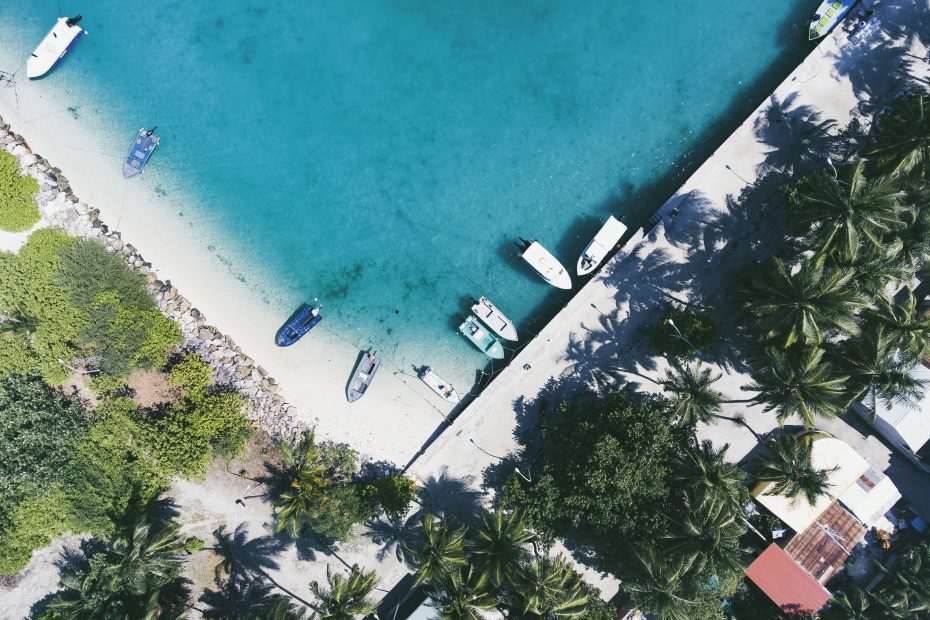Table of Contents
Introduction
Nestled in the Indian Ocean, the Maldives is a tropical paradise made up of over 1,000 coral islands. This island nation is the lowest country in the world, with an average elevation of just 1.5 meters above sea level. The Maldives has a rich history dating back to the 5th century BC when Buddhism arrived on the islands. In subsequent centuries, the islands came under Dutch, Portuguese and British influence before gaining independence in 1965.
The Maldives’ islands are spread across 26 natural atolls, or ring-shaped coral reefs. Outside of the atolls, the ocean floor plummets to over 2,000 meters deep, making for excellent diving and snorkeling. The islands enjoy a hot and humid tropical climate year-round, with temperatures averaging between 25°C and 33°C.
Malé and Nearby Islands
The Maldives’ capital and largest city is Malé, located on the central-eastern side of North Malé Atoll. Over 150,000 residents are crammed onto this island spanning just 5.8 square kilometers. Wandering through the capital reveals bustling produce markets, street vendors and colorful mosques. Just offshore lies the Malé Waterfront with lively restaurants and shops.
A short distance from Malé is Hulhumalé, a reclaimed island that is being developed to ease overcrowding. This man-made island has a modern vibe with watersports, large parks and wide streets. Nearby Villimalé houses Malé International Airport, the main entry point for travelers. Seaplane transfers provide spectacular aerial views when arriving at resorts.
Resorts and Inhabited Islands
The Maldives is renowned for its luxurious beach resorts, ranging from family-friendly to adults-only. Resorts occupy their own private island and provide an escape from reality with overwater bungalows, spas and fine dining. On local inhabited islands, life carries on at a slow pace. These 200 islands have quaint homes, corner shops, fishermen bringing in the daily catch and children playing soccer on the beach.
Exploring a local island offers a chance to experience authentic Maldivian culture and hospitality. Many inhabited islands now cater to tourists as well, with guesthouses providing an affordable and cozier alternative to large resorts.
Underwater Paradise
Beneath the shimmering surface lies the Maldives’ greatest treasure – its vibrant coral reefs bursting with marine life. The reefs support over 5,000 species of fish along with turtles, rays, sharks and moray eels. Currents sweeping in nutrients combined with warm water temperatures create ideal conditions for coral growth.
You can easily access this underwater world right from the shore through snorkeling. For an even closer look, experienced divers can descend to reefs, wrecks and caves. Local dive sites like Banana Reef and HP Reef dazzle with their kaleidoscopic colors and bizarre creatures. Conservation efforts help protect the fragile coral ecosystems.
Activities and Excursions
Endless watersports and excursions cater to adventure seekers and relaxation aficionados alike. Popular activities include windsurfing, parasailing, wakeboarding, fishing, island hopping and sunset cruises. Many resorts offer complimentary non-motorized watersports equipment for guests.
If you ever tire of sunbathing, escape to a nearby uninhabited island for a picnic. Wander through the lush interior jungle or stroll alone on sugar-white beaches. For cultural immersion, chat with a local fisherman as he repairs his nets or tour Malé’s colorful fruit and fish markets.
Travel Tips
The dry season between December and April is generally considered the best time to visit the Maldives. However, the wet season offers tranquility and lower rates if you don’t mind occasional rain.
Getting around requires flying between atolls, then taking a speedboat or seaplane to your island. Resorts arrange speedboat pickups from the airport. Independent travelers can take public ferries.
Accommodation ranges from budget guesthouses starting around $100 per night to lavish overwater villas exceeding $1500. Meal plans vary, so check if food is included.
Pack light, breezy clothing along with reef-safe sunscreen, underwater camera gear and motion sickness medication for boat rides. Keep in mind that bikinis and alcohol are prohibited on local islands.
Conclusion
The Maldives casts a spell of tropical enchantment over visitors. This far-flung island nation offers beach bliss, underwater magic and a fusion of cultures. Disconnect from the world and find your own slice of paradise among the Maldives’ 1,200 picture-perfect islands. Let the warm breeze and waves wash your worries away as you become blissfully lost in this island paradise.
FAQs
What is the best way to get around the Maldives?
The best way to get around is by flying between different atolls on domestic flights, then taking speedboats or seaplanes to reach individual islands and resorts.
What is the weather like?
The Maldives has a hot tropical climate year-round, with average temperatures of 25-33°C. The dry season lasts from December to April and the rainy season is from May to November.
What are the top things to do?
Top activities include snorkeling and diving the coral reefs, kayaking, island hopping, watersports like windsurfing and wakeboarding, and relaxing at luxurious beach resorts.
What is Maldivian cuisine like?
Maldivian cuisine features fresh seafood like tuna along with coconut, starches like rice and roshi, and spicy curries. Bodu beru (fish curry) is the national dish.
How expensive is the Maldives?
The Maldives can be quite expensive, with luxury resorts costing $500-1500+ per night. But budget options like guesthouses are around $100 per night, and locals islands provide an affordable cultural experience.
